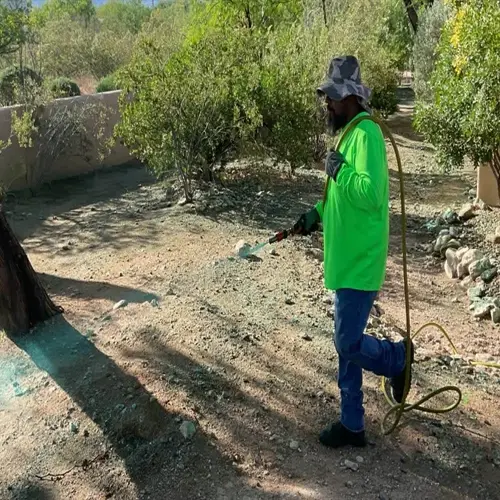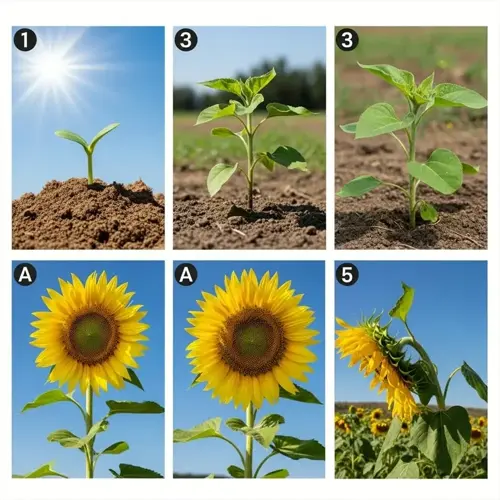When are scale insects most active?

Written by
Benjamin Miller
Reviewed by
Prof. Martin Thorne, Ph.D.Scale insects exhibit specific seasonal behavior patterns related to temperature. The most destructive stage is the crawler stage, which emerges in the spring when the temperature has been consistently about 50°F (10°C) for a period of time. I monitor this condition in my garden by using soil thermometers, as the warm spells occur in the spring preceding the mass hatching of crawlers. Plants grown indoors are in constant danger, but the heating system produces winter zones of susceptibility.
Spring Emergence
- Begin monitoring when daytime temperatures reach 60°F (15°C)
- Focus on south facing plants that warm first
- Apply dormant oil before bud break
Summer Peak
- Watch for crawlers during 70-85°F (21-29°C) daytime highs
- Treat at dusk to avoid leaf burn
- Increase inspections to twice weekly
Fall Decline
- Apply final treatments before temperatures drop below 50°F (10°C)
- Target egg masses in bark crevices
- Use systemic insecticides for winter protection
Winter Vigilance
- Check indoor plants near heaters weekly
- Maintain humidity above 40% to deter scales
- Quarantine holiday plants before introducing
Year-Round Hotspots
- Monitor greenhouse plants every 10 days
- Watch for ants farming scales in warm microclimates
- Use yellow sticky traps continuously
Daily activity is greatest during the warm hours of the day. Crawlers are most active from 10 a.m. to 4 p.m., looking for feeding sites. I work in the period of making inspections using a 10x magnifier to detect them. Evening treatments are most effective when the daily travel period is over.
Indoor environments provide their own activity cycles. Heating systems often create year-round infestations, particularly near vents or radiators. Low winter humidity stresses the crops, making them an easier target for pests. The plants in my office experienced outbreaks during January, when the heating system dried up the air.
The timing of treatments has a significant impact on the results. Apply the oils during the crawling stage of emergence before the shell hardens. For my outdoor plants, I wait for three consecutive warm days in the spring. Systemic insecticides are most effective in early autumn, providing winter protection. Miss these opportunities, and control becomes difficult.
Microclimates affect activity in a localized area. South-facing walls heat up quicker than other parts of the structure, resulting in earlier outbreaks. Use thermal imaging to identify the hottest areas. I have noticed in my greenhouse that benches near the glass never fail to show scale activity at least two weeks before other regions.
Read the full article: Scale Insect Treatment Methods Explained

